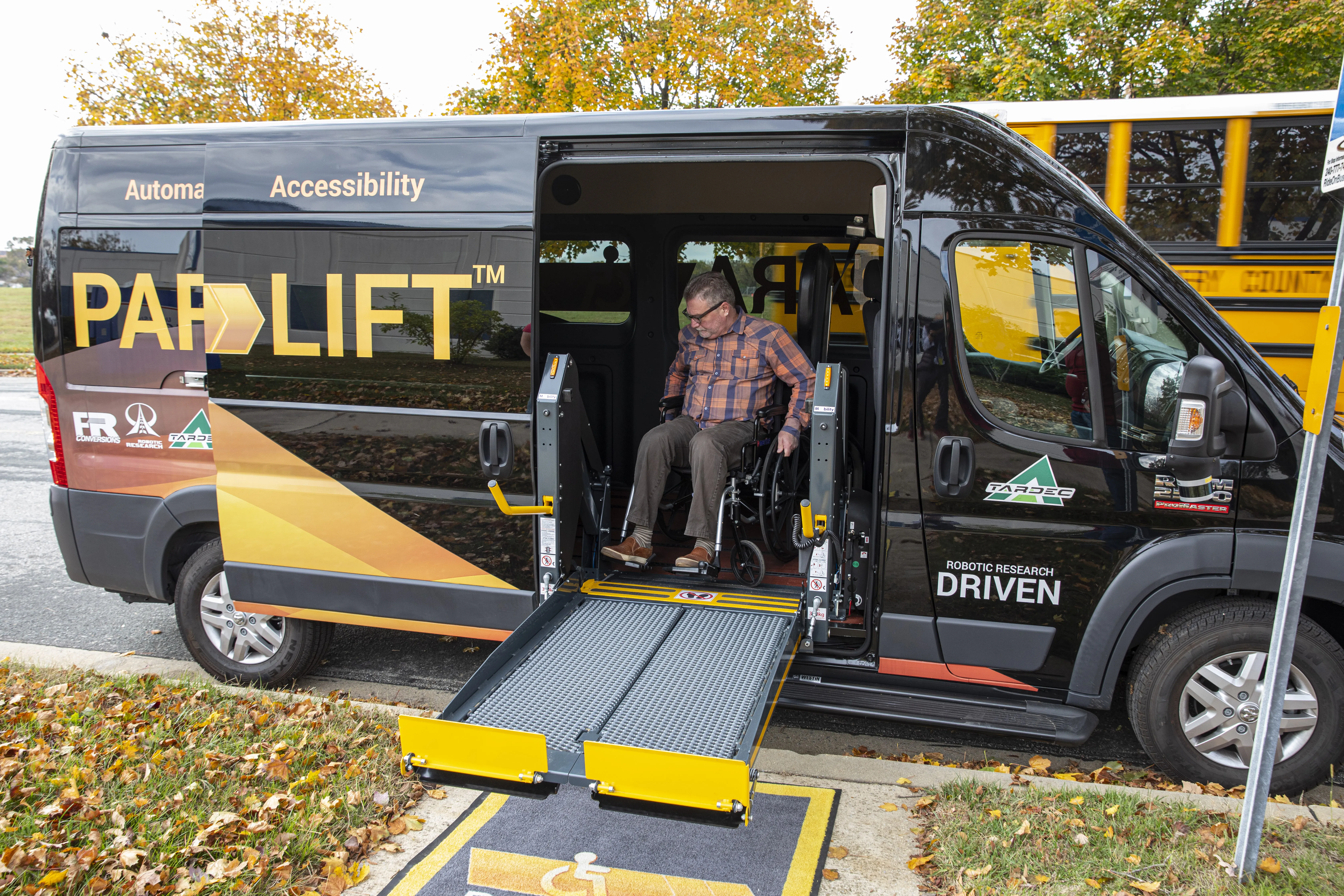
Norwegian companies
Built on Dogu’s LiveScreen digital signage solution and utilising a monitor control integrated into the service platform, LiveScreen can run with most existing and possibly closed loop passenger information systems that are already installed in public transport vehicles, with almost no change to existing real-time information other suppliers’ software installations.
LiveScreen is fully managed from the cloud using Dogu’s management software and includes scheduling and local caching. A wide range of slide types and information sources can be included.










